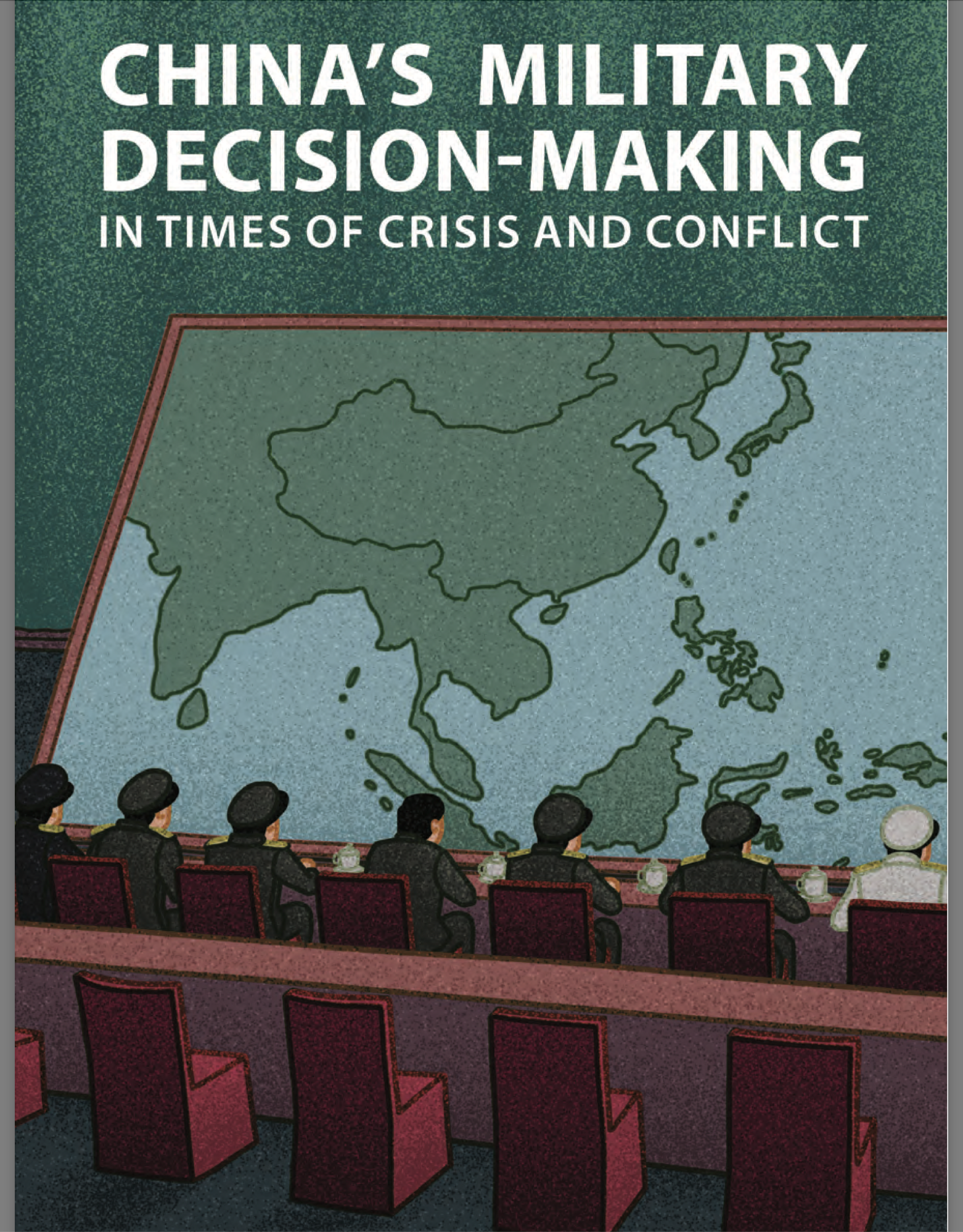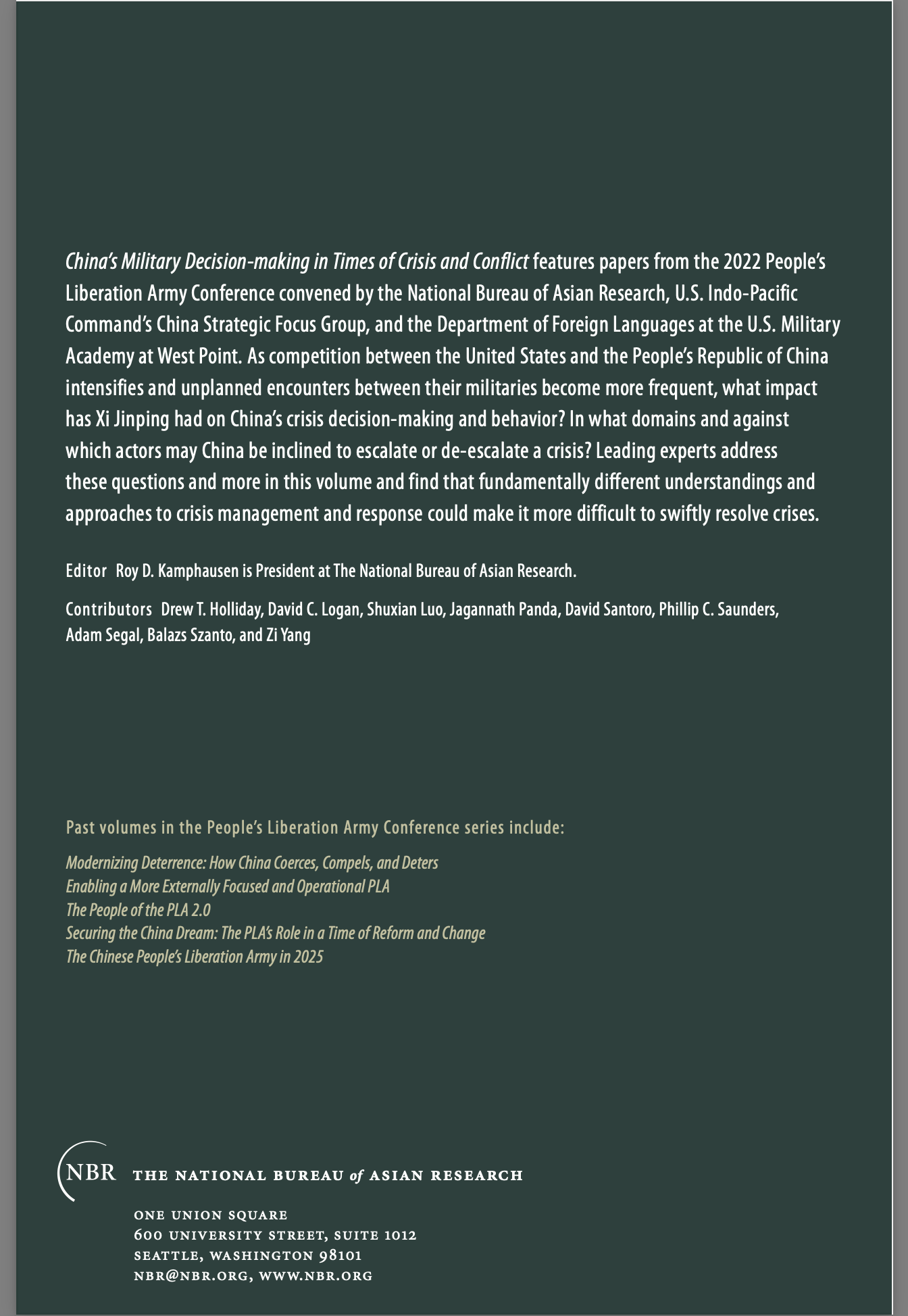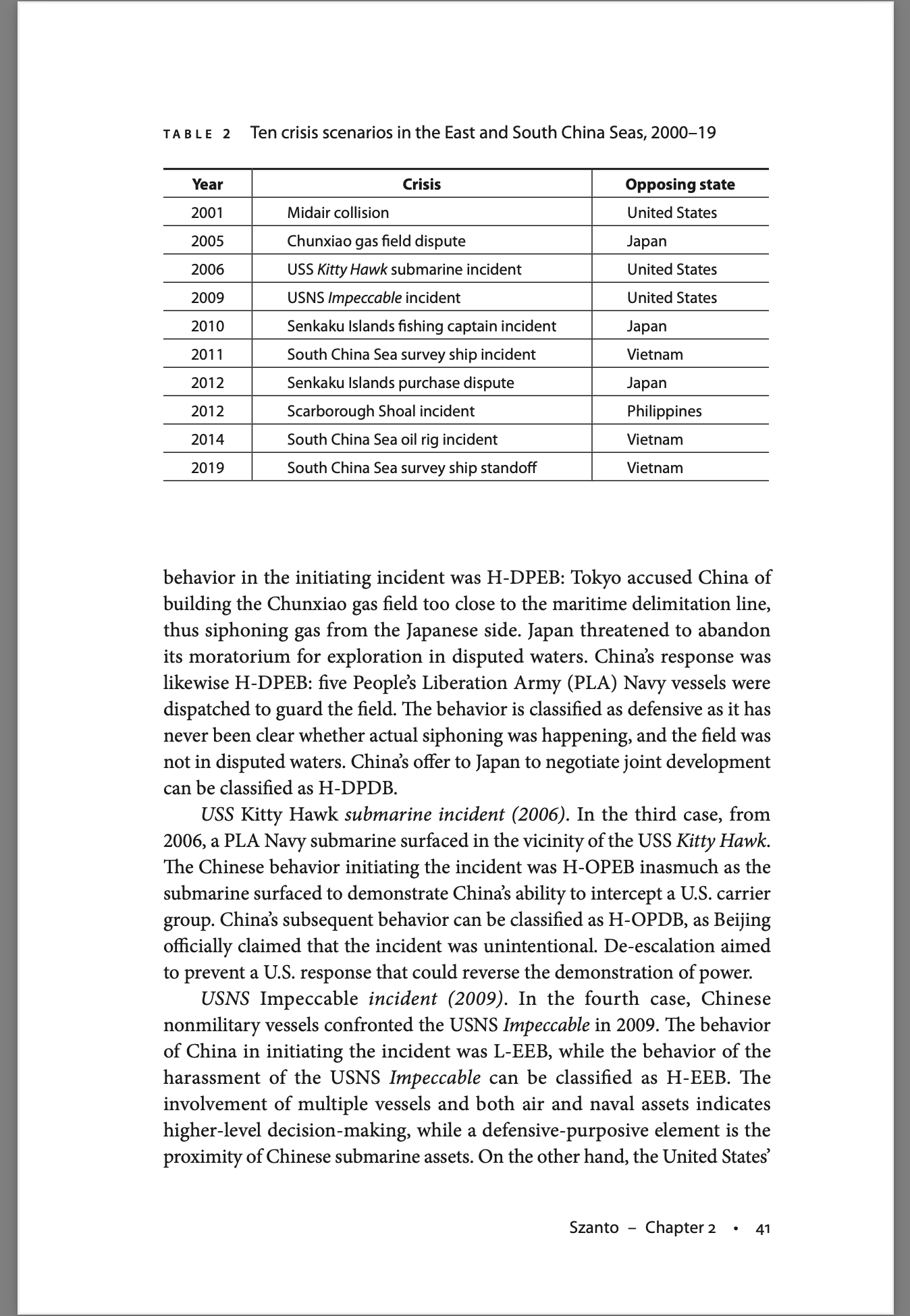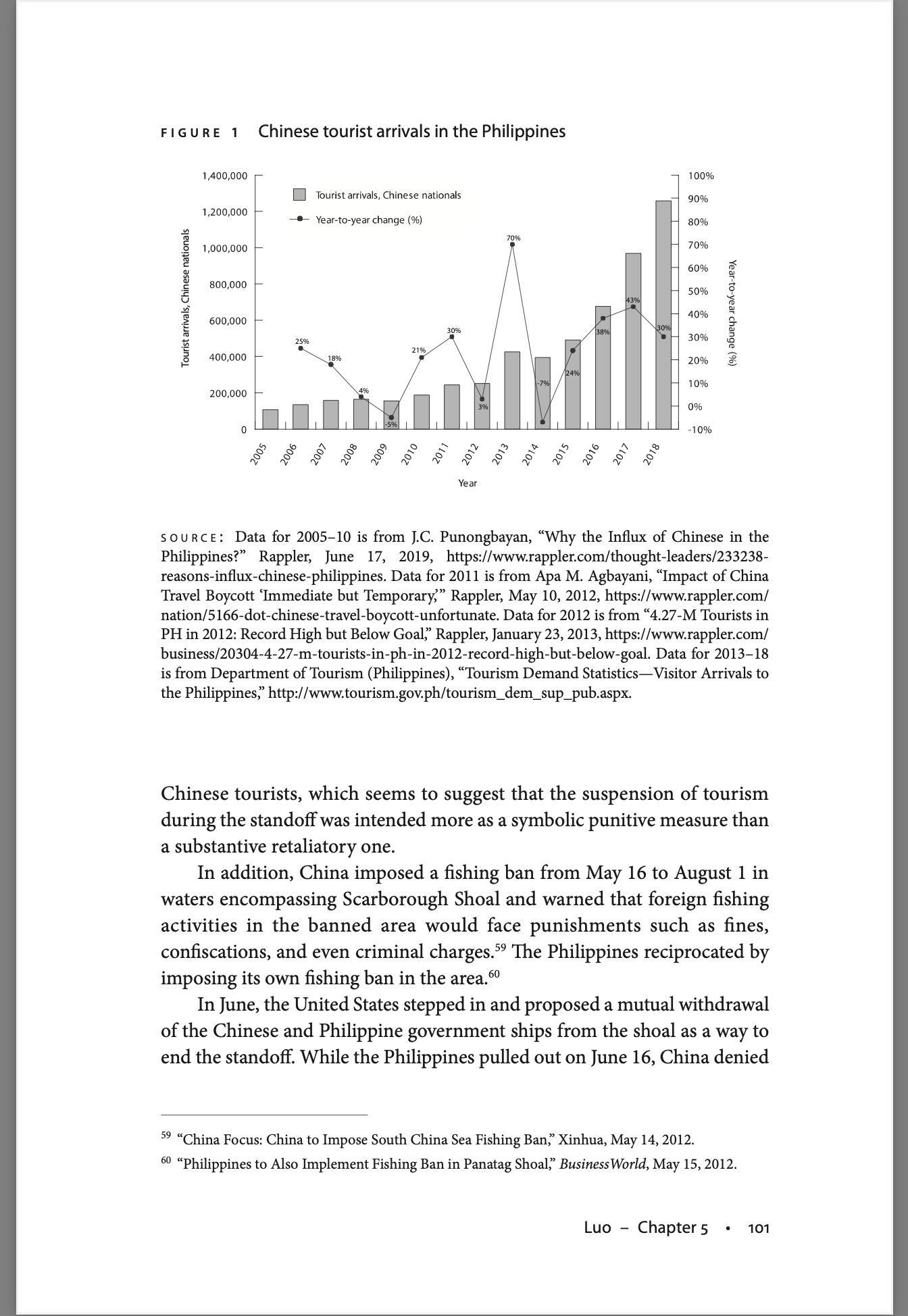New NBR Volume: “China’s Military Decision-making in Times of Crisis and Conflict”
Important new book! Cutting-edge contributions from innovative authors on critical topics of concern—could hardly be more relevant today!
Book from the People’s Liberation Army Conference
China’s Military Decision-making in Times of Crisis and Conflict
CLICK HERE TO DOWNLOAD FULL-TEXT PDF.
China’s Military Decision-making in Times of Crisis and Conflict features papers from the 2022 People’s Liberation Army Conference convened by the National Bureau of Asian Research, U.S. Indo-Pacific Command’s China Strategic Focus Group, and the Department of Foreign Languages at the U.S. Military Academy at West Point. As competition between the United States and the People’s Republic of China intensifies and unplanned encounters between their militaries become more frequent, what impact has Xi Jinping had on China’s crisis decision-making and behavior? In what domains and against which actors may China be inclined to escalate or de-escalate a crisis? Leading experts address these questions and more in this volume and find that fundamentally different understandings and approaches to crisis management and response could make it more difficult to swiftly resolve crises.
Foreword to China’s Military Decision-making in Times of Crisis and Conflict
Introduction: The Differences and Risks in U.S.-China Military Crisis Management and Response
How China Approaches Military Crises and the Implications for Crisis Management
Managing a Crisis with China: Crisis Behavior and De-escalation
PRC Crisis Response Behaviors at the End of Xi Jinping’s Second Term
How China Leverages Artificial Intelligence for Military Decision-making
China’s Decision to Escalate the 2012 Scarborough Shoal Standoff
China’s Decision-making and the Border Dispute with India
China’s Cyber Crisis Management
The Implications of the PLA’s Nuclear Expansion and Modernization for China’s Crisis Behavior
KEY FINDINGS
Roy D. Kamphausen and Jeremy Rausch, “Introduction: The Differences and Risks in U.S.-China Military Crisis Management and Response,” in Roy D. Kamphausen, ed., China’s Military Decision-making in Times of Crisis and Conflict (Seattle, WA: National Bureau of Asian Research, 2023).
The July 2022 People’s Liberation Army (PLA) Conference, cohosted by the National Bureau of Asian Research (NBR), the China Strategic Focus Group at U.S. Indo-Pacific Command, and the Department of Foreign Languages at the U.S. Military Academy at West Point, evaluated the People’s Republic of China (PRC) and PLA’s crisis response decision-making and behavior. Key questions the conference sought to address included:
- How is the PRC’s crisis decision-making and behavior today different from the past?
- What impact has Xi Jinping had on the PRC and PLA’s crisis decision-making and behavior?
- In what domains may the PRC be inclined to escalate or de-escalate a crisis?
- Against which actors may the PRC be inclined to escalate or de-escalate a crisis?
- What do past crises involving the PLA reveal about the PRC’s crisis response?
Key findings included:
- The PLA may be increasingly comfortable in an environment that is characterized by more frequent crises and heightened tensions with the United States.
- The PRC likely sees crises as opportunities to change the status quo in its favor by advancing territorial claims, testing the commitment of the United States to its allies and partners, and signaling displeasure with the actions of other countries to compel policy change.
- The PRC and the United States have fundamentally different understandings and approaches to crisis management and response, meaning that it may be difficult to swiftly address and resolve crises.
- The PRC may experiment more frequently with the employment of a wide range of capabilities—from conventional to asymmetric to nuclear—to test the resolve of the United States and other Indo-Pacific states without appreciation for possible escalation risks.
- The PRC may be willing to risk sharper escalation dynamics in situations where the United States is not directly involved.
Resolving crises between the U.S. military and the PLA has never been a straightforward task for Washington and Beijing. Beijing still believes that the accidental bombing in May 1999 of the PRC embassy in Belgrade was a deliberate act by Washington and that the blame for the collision between a U.S. EP-3 aircraft and a PLA J-8 fighter jet over Hainan Island in April 2001 lies with the United States. Although the resolution of previous crises was not without difficulty, crisis resolution with the PRC today and in the future will be exceedingly difficult and complex due to perceptions of a shifting balance of power in conjunction with a sharp deterioration in the bilateral relationship. As diplomatic, economic, and military competition between the two countries intensifies while unplanned and risky encounters between their militaries become more frequent, the United States must review and update its understanding of the PRC’s crisis response behavior. This PLA Conference volume offers an in-depth analysis of why the PRC undertakes actions in crises with the United States and other Indo-Pacific actors, the institutional structures under which the Chinese Communist Party (CCP) leadership makes decisions in military crises, and the implications of PRC crisis response behavior for the United States and its allies and partners. It builds on the findings from the 2021 PLA Conference volume Modernizing Deterrence: How China Coerces, Compels, and Deters, which examined both China’s evolving approach to deterrence and its possible responses when deterrence fails. … … …









































